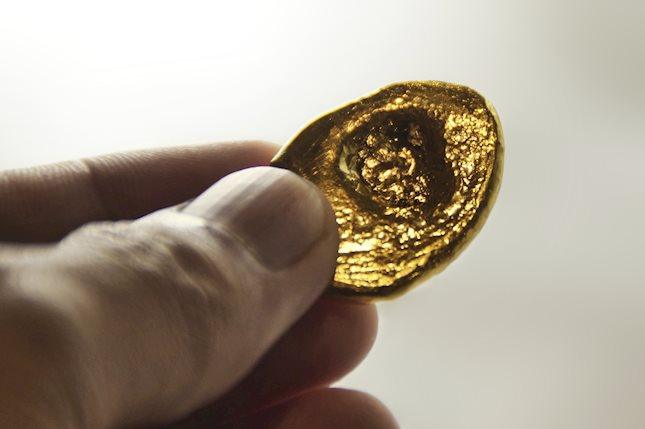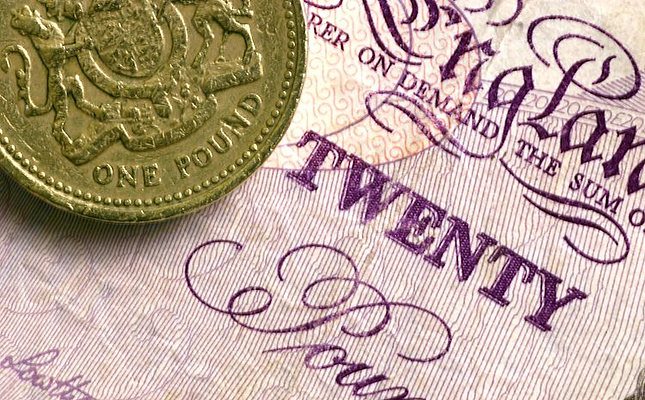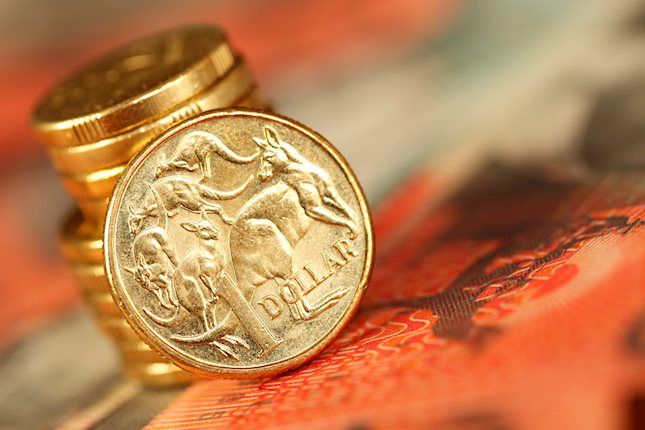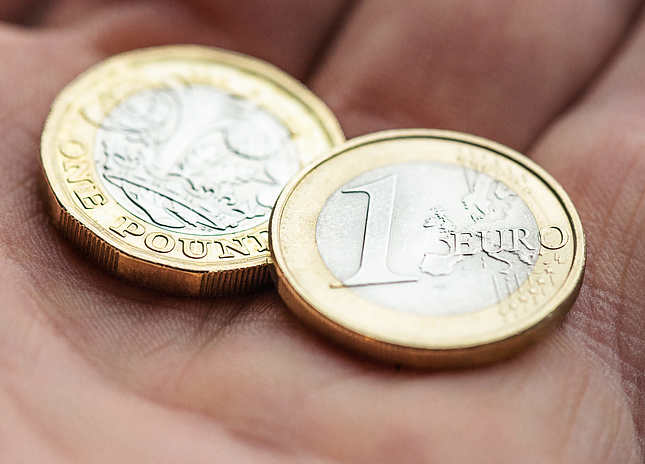Mexican Peso ticks up as US CPI backs hopes of a Fed cut
- The US Dollar has reacted with moderate losses as November's CPI boosted hopes of a Fed cut next week.
- The headline US inflation shows a slight increase in consumer prices, while the core CPI remained steady at high levels
- Technically, the USD/MXN maintains the short-term negative trend intact.
The Mexican Peso (MXN) picked up as the US Dollar (USD) retreated following the release of US November’s Consumer Prices Index (CPI) data. US inflation ticked up slightly, while the core inflation remained steady, boosting expectations that the Federal Reserve (Fed) will cut interest rates next week.
Economic data from Mexico released on Tuesday revealed that consumer confidence deteriorated in November to its weakest reading since September. On Monday, November’s CPI cooled beyond expectations, which endorses the view that the Bank of Mexico will cut interest rates again next week.
Daily digest market movers: Mexican Peso ticks higher following US inflation figures
- US CPI inflation accelerated at a 0.3% pace in November and 2.7% from the same month last year, up from 0.2% and 2.6% respectively in October.
- The US core CPI, more relevant to assess the Federal Reserve's monetary policy expectations, has grown at a steady 0.3% pace in November, and 3.3% year on year, meeting the investors' expectations.
- The data has confirmed hopes that the Fed will cut rates next week. The CME Group’s Fed Watch tool is showing a 96% chance of a by 25 basis points rate cut on December 18, up from about 85% before the data release.
- On Tuesday, US Treasury Secretary and former Fed Chair, Janet Yellen, warned at a Wall Street Journal's Summit that Donald Trump’s sweeping tariffs could “significantly raise costs to households” and derail progress on inflation.
- Data released on Tuesday revealed that Mexico’s Consumer Confidence dropped 1.5 points in November, to 47.4 points. The report reflected a deterioration in the households’ and the country’s economic expectations in the next 12 months.
- Mexico’s CPI eased at a 4.55% pace in the last twelve months to November, from 4.76% in the previous month. The market was expecting a 4.59% reading.
- Likewise, the core CPI dropped to 3.58% year-on-year from 3.8%, below the market consensus of a 3.6% reading.
- These figures boost hopes that the Bank of Mexico will cut rates by 25 bps for the fourth consecutive time after their December 19 meeting.
Mexican Peso technical outlook: USD/MXN has strong support at 20.00
The USD/MXN pair remains steady above the 20.00 support area, with upside attempts limited below the December 5 high at the 20.30 area so far.
The technical picture shows the US Dollar is building up heading into the release of the US CPI report. The 4-hour Relative Strength Index (RSI) has popped up above the 50 level, suggesting an incipient bullish momentum. The broader perspective, however, remains bearish with the double top at 20.80 suggesting the possibility of a deeper correction.
Immediate resistance is at the mentioned December 5 high at 20.30, ahead of the December 2 high at 20.60 and November’s peak at 20.80.
On the downside, the 20.00 psychological level is the neckline of the mentioned double top ahead of November’s low at 19.75.
USD/MXN 4-hour Chart

Fed FAQs
Monetary policy in the US is shaped by the Federal Reserve (Fed). The Fed has two mandates: to achieve price stability and foster full employment. Its primary tool to achieve these goals is by adjusting interest rates. When prices are rising too quickly and inflation is above the Fed’s 2% target, it raises interest rates, increasing borrowing costs throughout the economy. This results in a stronger US Dollar (USD) as it makes the US a more attractive place for international investors to park their money. When inflation falls below 2% or the Unemployment Rate is too high, the Fed may lower interest rates to encourage borrowing, which weighs on the Greenback.
The Federal Reserve (Fed) holds eight policy meetings a year, where the Federal Open Market Committee (FOMC) assesses economic conditions and makes monetary policy decisions. The FOMC is attended by twelve Fed officials – the seven members of the Board of Governors, the president of the Federal Reserve Bank of New York, and four of the remaining eleven regional Reserve Bank presidents, who serve one-year terms on a rotating basis.
In extreme situations, the Federal Reserve may resort to a policy named Quantitative Easing (QE). QE is the process by which the Fed substantially increases the flow of credit in a stuck financial system. It is a non-standard policy measure used during crises or when inflation is extremely low. It was the Fed’s weapon of choice during the Great Financial Crisis in 2008. It involves the Fed printing more Dollars and using them to buy high grade bonds from financial institutions. QE usually weakens the US Dollar.
Quantitative tightening (QT) is the reverse process of QE, whereby the Federal Reserve stops buying bonds from financial institutions and does not reinvest the principal from the bonds it holds maturing, to purchase new bonds. It is usually positive for the value of the US Dollar.
Forex News
Keep up with the financial markets, know what's happening and what is affecting the markets with our latest market updates. Analyze market movers, trends and build your trading strategies accordingly.




















